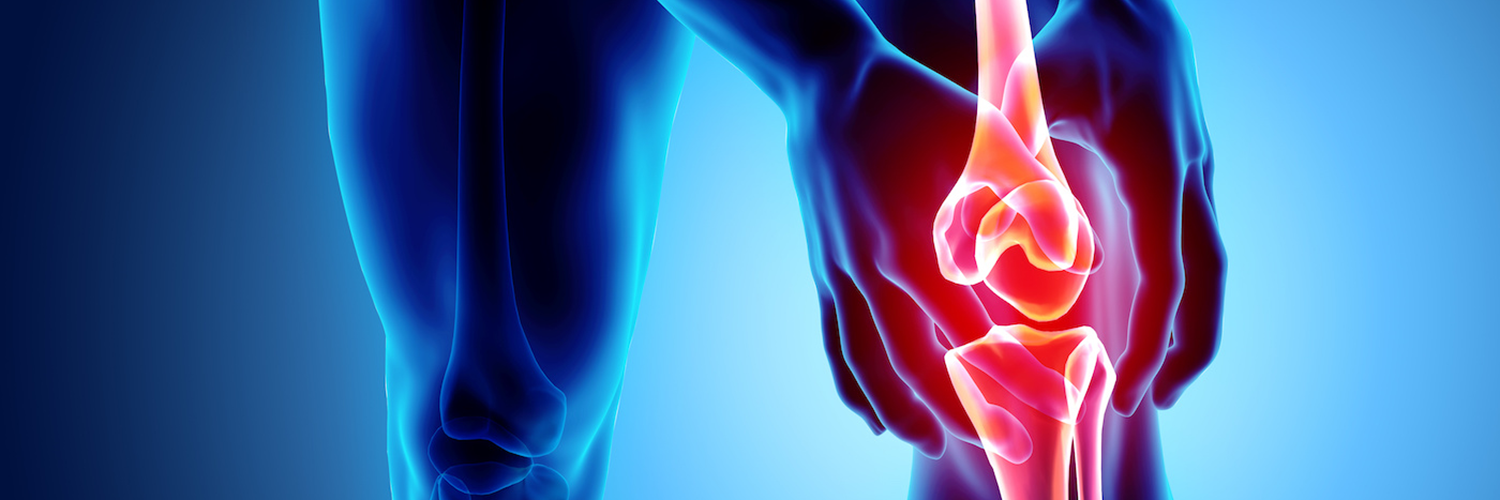Joint Pain

Radiofrequency for joint pain
As you age, your joints break down, your cartilage wears thin, and the fluids that lubricate your joints decrease.
You may begin to experience arthritis, pain, and swelling in your joints. The nerves exiting your spinal cord can become pinched or constrained when arthritis begins to affect your vertebrae.
If pills and lotions cease to be effective, radiofrequency ablation is another treatment that can help.
What is radiofrequency ablation?
Radiofrequency ablation (RFA) is a procedure used to reduce pain caused by arthritis. During the treatment, your doctor will insert a small probe into the appropriate landmarks for the joint that is causing your pain.
Using an X-ray device, they will guide the probe to the affected area. The probe will then produce an electrical current that sends radio waves into your nerve tissue. The waves heat up small segments of the affected nerves to block pain signals.
During the procedure, you will be given sedation and a numbing medication. You will be awake during the procedure, but will be comfortable.
How long do the benefits of radiofrequency ablation last?
The length of time RFA provides relief varies from person to person. It’s also based on two factors: what area of the body RFA is treating, and the cause of the arthritis.
After an RFA treatment, you should experience significant pain relief in the structure ablated.
Relief from pain can also last longer than more traditional pain-management treatments, such as nerve blocks.
What are the side effects of radiofrequency ablation?
RFA has very few side effects. Some include:
discomfort in the area of the treatment
swelling, bruising, and mild pain at the site of the injection
leg numbness caused by local anesthesia
Seek emergency medical care if you experience any of the following:
severe pain at the injection site
increased swelling or redness around the injection site
prolonged leg numbness, weakness, or difficulty walking
Treatment
Which symptoms can be treated with radiofrequency ablation?
RFA is used to treat people with arthritic conditions that include:
Knee pain
hip pain
shoulder pain
sacroiliac joint pain
neck/low back pain
How long is the recovery from radiofrequency ablation?
Following your procedure, you’ll need someone to drive you home and monitor you for 24 hours. Your doctor will instruct you to not drive or operate machinery for at least 24 hours.
You can return to a normal diet once you leave the hospital. And your doctor may suggest you avoid strenuous activity for several days so that the injection site has time to heal.
Please complete the form below and tell us a little more about your situation.
